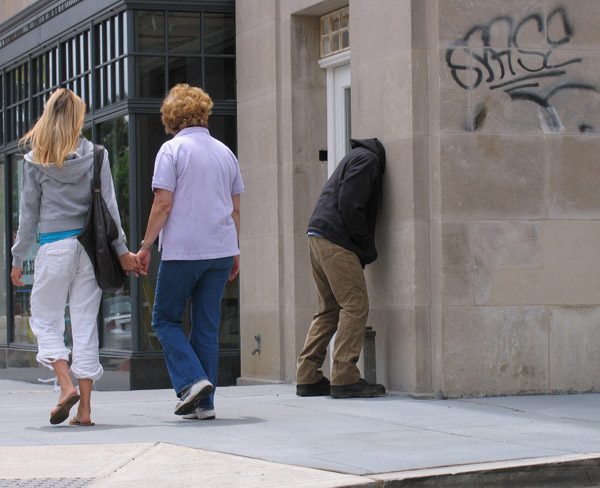I LOVE living in New York. In terms of culture, it is truly mind-blowing. One of my favorite things is going to the opera.
The Metropolitan Opera is such a special experience. It is an elegantly regal building, both on the outside and inside, everyone is all dressed up, you drink some champagne at the break, and watch some of the finest performers around.


The first opera of this season for us was Rigoletto. We saw Rigoletto a couple of year ago and the sets were the same, but the performance last week was fabulous.
Rigoletto is best known for the song “La donna è mobile”, which most of the audience hummed along to. Also, the opening number, “Questa o quella” may be familiar to many – what a wonderful opening song to get everyone into a good mood.
Rigoletto is a long opera at 3 hours and it is broken into three acts. The first act sets the scene – we are introduced to the Duke of Mantua who is a womanizer extraordinaire and his jester Rigoletto, a hunchback who antagonizes the courtiers by being mean and offensive to them. Monterone, an elderly nobleman enters the building and accuses the Duke of seducing his daughter. When Rigoletto mocks him, he pronounces a father’s curse on Rigoletto.
Rigoletto goes home and worries about the curse. We see that he has a beautiful daughter, Gilda. He hides her from the world, worried for her safety. Unfortunately the Duke has already found her, but she thinks he is a poor student, Gualtier Maldè. In the meanwhile, the courtiers discover the daughter also, but think she is Rigoletto’s mistress.
Everyone clear? So Rigoletto leaves his house. The Duke shows up and flirts with Gilda. He then leaves. Rigoletto comes back, but it is too dark to see and he’s not sure where he is. He bumps into the courtiers who convince him they are trying to steal someone else’s mistress. They blindfold Rigoletto and have him hold the ladder and they abduct Gilda.

In Act 2, we discover that the courtiers have delivered Gilda to the Duke. He, of course, makes full use of the opportunity. By the time Rigoletto gets there, it is too late. Gilda soon rushes into his arms, weeping. Rigoletto swears vengeance, but Gilda begs him to forgive the Duke since she still loves him.
In Act 3, Rigoletto hires an assassin, Sparafucile, to kill the Duke. He also shows Gilda evidence that the Duke is flirting with the assassin’s sister, Maddalena. Gilda is sent to Verona, dressed as a boy (for protection). Maddalena begs Sparafucile to spare lover-boy, but they need a body to deliver to Rigoletto. Gilda returns and overhears their decision to kill the next person to enter the inn. Still in love with the Duke, despite his various dalliances, she sacrifices herself and knocks on the door. Sparafucile kills Gilda. When Rigoletto arrives, he is given a body in a bag. He opens it and is heartbroken to find it is Gilda — alas, Monterone’s curse has come true.
So, overall a depressing story. But that’s opera. The performances were awesome. Nancy Fabiola Herrera as Maddalena, Ekaterina Siurina as Gilda and Joseph Calleja as the Duke were excellent. My favorite was Juan Pons as Rigoletto.
What a wonderful evening! One thing that makes the Opera more accessible is the in-seat translations – at the back of every seat is a slim panel that translates the lyrics into English. So, you activate the device on the back of the seat in front of you and you can laugh along with the jokes. Ah, technology and the arts combining so well – I love it.











